| Darlaston was well known for its nut and bolt
manufacturers, most of which have long disappeared.
One of the largest and longest surviving of them was
F. W. Cotterill, later to become part of G.K.N. The
company was founded by Alexander Cotterill between
1800 and 1810, and by 1818 he was listed as a tool maker
at Butt Croft Works. His son Frederick took over and the
company rapidly grew in size, utilising the latest
powered machinery. |
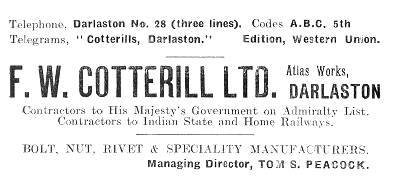
An advert from 1922. |
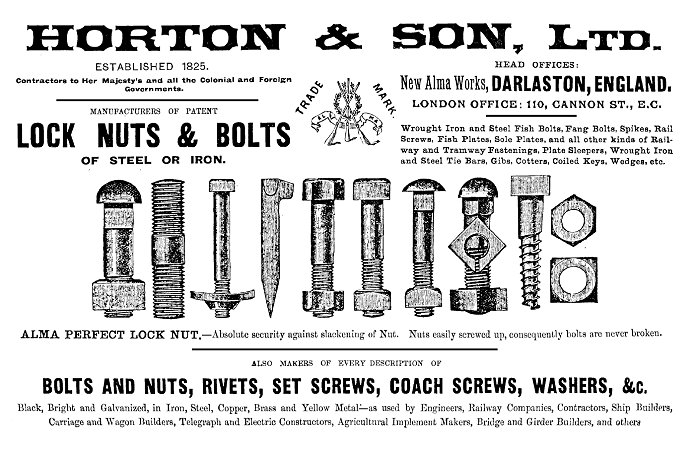
An advert from 1896.
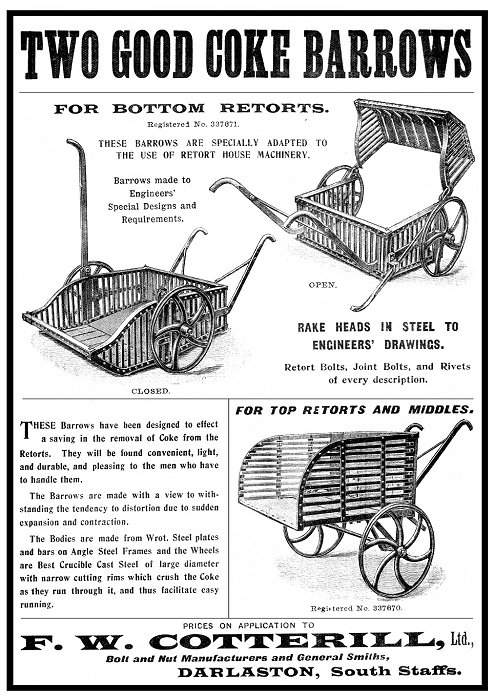
Cotterills
produced many products including the
coke barrows seen in the advert
above, from 1899. |
By 1850 they were making nuts and bolts and in
the early 1860s they were also manufacturing
machines. In 1874 the company moved to its Station Street
site and the Atlas Works were built. The company's
trade mark depicted Atlas standing on a nut and bolt
while holding the world on his shoulders.
The 1870s
were not good years for the company due to a bolt
forger's strike and a recession. In order to make
the manufacturing processes less labour intensive,
many automatic machines were installed.
In 1880 the business became a private limited
company and in 1900 Tom S. Peacock, who joined
Cotterills as Company Secretary in 1892, became the
new Managing Director. He had been General Manager
since 1893.
|
|

An advert
from 1895. |
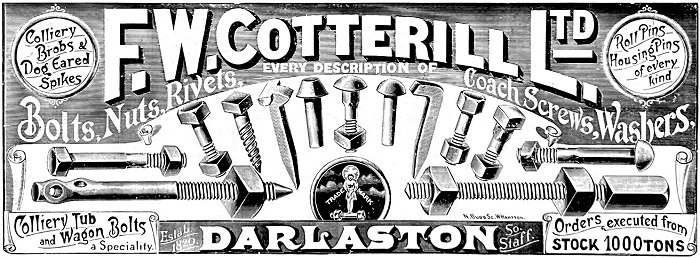
An advert from
1908.
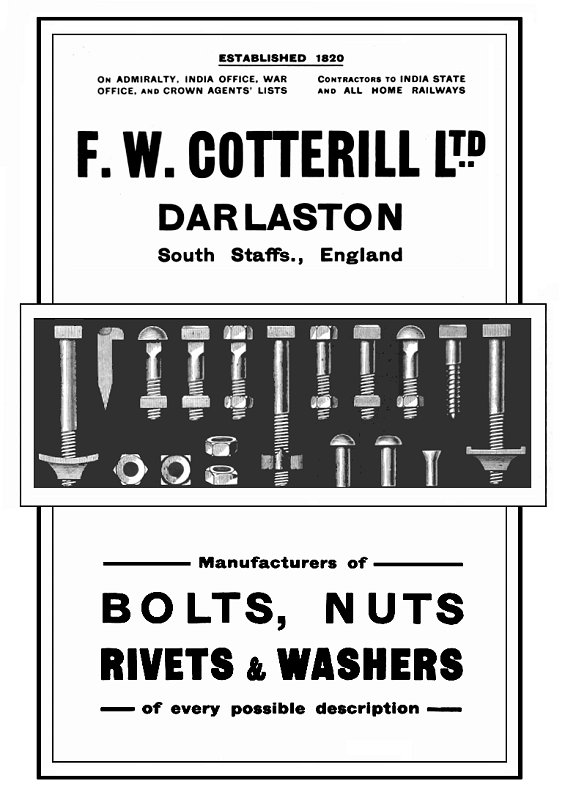
An advert from
1916.
|
The early
days.
A
treadle-operated 'Oliver' bolt forging
machine in operation.
From the 1948
catalogue. |
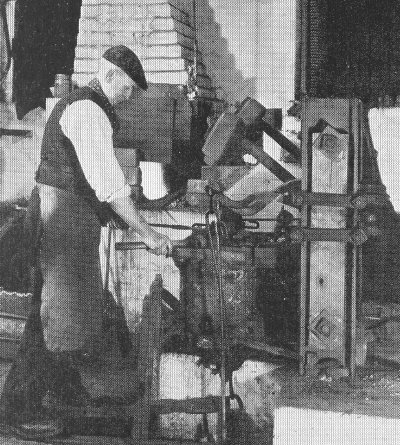 |
| The company purchased the
forging works of John Garrington and Sons in 1912 and in August,
1919 the whole concern was taken over by G.K.N. The
business went through difficult
times during the recession after
World War 1 and took some time to
recover. In October 1921
Peacock reported that the company had a scarcity of
orders and was in a price-cutting war which led to
heavy losses. In order to ensure the future of Atlas
Works, G.K.N. took over the neighbouring Vulcan
Works, run by
Jabez Yardley and Company, to extend the screwing shop.
The company also
decided to take-over and control some of the major
competitors in Darlaston to gain control on
manufacturing and pricing.
As a result, in 1923 G.K.N.
purchased the Alma Works of Horton & Son, the
Britannia Works of Enoch Wilkes & Company, and the
Acorn Works of James Simpson & Sons (the last two of
which closed during the recession in 1929 to 1930). |
|
Details of the 1923 acquisitions:
The three companies went into
voluntary liquidation in the summer
of 1923, and by October 1923 had
been acquired by G.K.N. The
liquidator was Albert Enoch Horton
of Alma Works. |
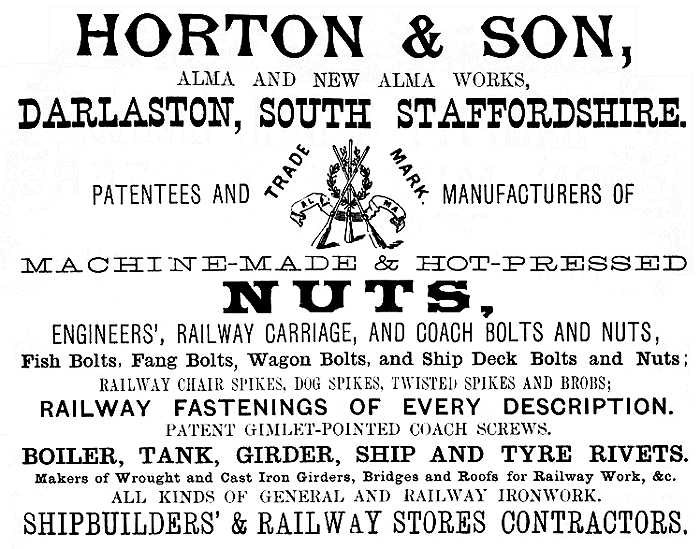
An advert from 1884.
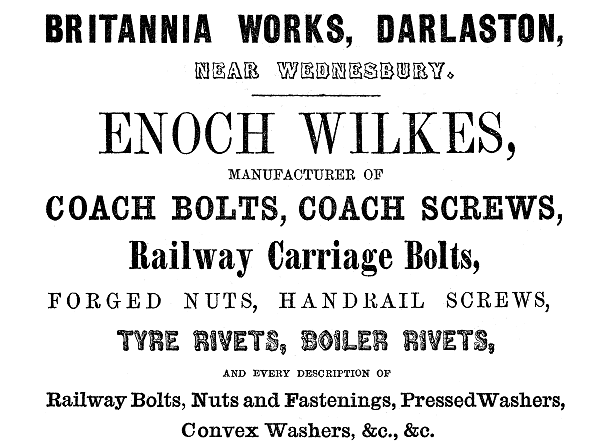
An advert from 1861.

An advert from 1884.
| One of the reasons that
Darlaston's nut and bolt
manufacturers were so successful was
a high degree of mechanisation.
Horton & Son Limited developed some
of their own machinery which greatly
improved the manufacturing process.
The machines allowed vast numbers of
nuts and bolts to be produced
quickly and cheaply, and also
ensured a greater uniformity in the
size and shape of blanks, reducing
the amount of scrap and waste metal,
and increasing the life of tools. On
26th November, 1903 the company
took-out a patent for an improved
machine to manufacture nut blanks.
It consisted of a vertical die
plate, into which a heated bar of
iron or steel was fed, and worked-on
by cam-operated tools. Two hollow
punches, acting in conjunction with
a die, fashioned the nut blank,
which was then cut-off, and fed out
of the machine. |
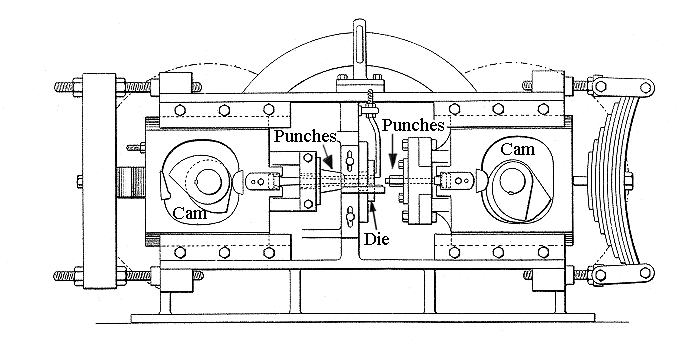
Horton's improved
machine for making nut blanks.
| Enoch Horton had been designing
machinery for producing nuts and
bolts for many years. In 1861 he
produced the machine shown below,
which is fully described in the
edition of 'The Engineer' dated 26th
April, 1861. |
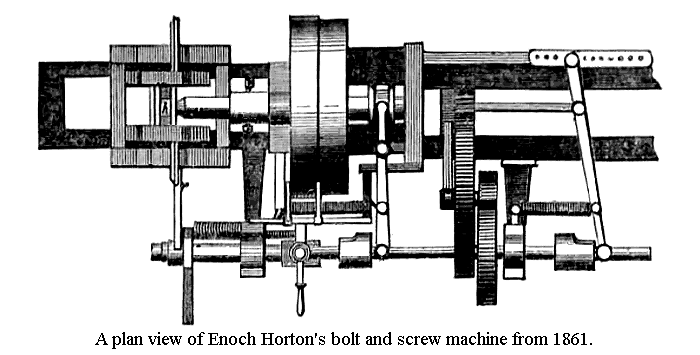
|
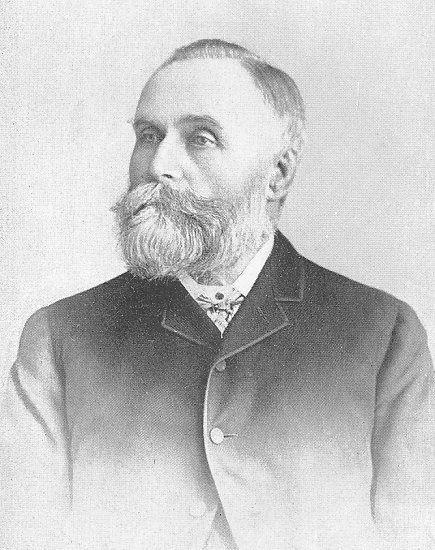
Enoch Horton,
J.P. |
Enoch Horton was
born in Darlaston on 10th April 1829
and educated locally. His mother
died at an early age, and so Enoch
started work at the age of seven,
making waxed hemp threads for
shoemakers.
Over the next ten
years he had a variety of jobs. For
about five years he worked at
Darlaston Green Ironworks, owned by
Samuel Mills, then becoming a
bellows blower for a local gunlock
maker, and later finding employment at a foundry in Spring
Vale.
At the age of
seventeen he became a nut and bolt
forger working with an Oliver, and
in 1849 entered into partnership with his
father, and they started business in
Bell Street.
The venture was so
successful that a larger factory was
soon acquired, and so in 1852 the Old Alma
Works were converted from a
wire-drawing mill into a nut and
bolt factory. |
| The
partnership with his father ended,
on his father's retirement in
1864, and in 1870 work began on the
first part of New Alma Works in
Station Street. The business grew to
become one of the largest
manufacturers in the trade. In
addition to being managing director
and sole proprietor of Messrs.
Horton & Son, Limited, Mr. Horton
became sole proprietor of Messrs.
Enoch Wilkes & Company, Britannia
Works, Darlaston, and also for over
thirty years, manufactured bricks.
New Alma Works was extended to join New Britannia Works,
and by
the early years of the twentieth
century, the firm employed over 600
people.
He was a director of a number of
local companies, and became a member
of Darlaston Local Board, and
succeeded Mr. James Slater as
chairman. On the formation of the
District Council, Mr. Horton was
elected a member, and retained his
seat until the time of his death,
twice becoming chairman.
He was a
member of the School Board
throughout the whole of its
existence, and was chairman for
twelve years. He was also a member
of Staffordshire County Council,
defeating Mr. J. Yardley in a
memorable election to fill the
vacancy caused by the death of Mr.
James Slater.
|

An advert from
1900. |
|
Mr. Horton was also a County
magistrate, and an ardent Liberal.
He was a Wesleyan Methodist, and
gave many thousands of pounds to the
cause. He was also largely
instrumental in the erection of
Pleck Methodist Church, giving and
collecting £2,000 for the building,
and erecting, at his own cost, a
handsome choir vestry.
Enoch became a wealthy man, and
acquired Bescot Grange which was
opposite Bescot Hall, the home of
James Slater. He was also Chairman of the West Gloucester
Water Company, a member of
the Institute of Mechanical
Engineers, and a member of the Iron
and Steel Institute.
In the latter part of his life he
suffered from heart
problems, and died at Bescot Grange
at the age of 76, on the evening of
Monday 15th May, 1905 after an attack of
pneumonia . Shortly before
his death, a fund was set up pay for
a portrait in oils, which would be
presented to him in recognition of
his long public service. The sum of
£385 was quickly raised. When he
died he left behind an estate valued
at £160,808. |
|
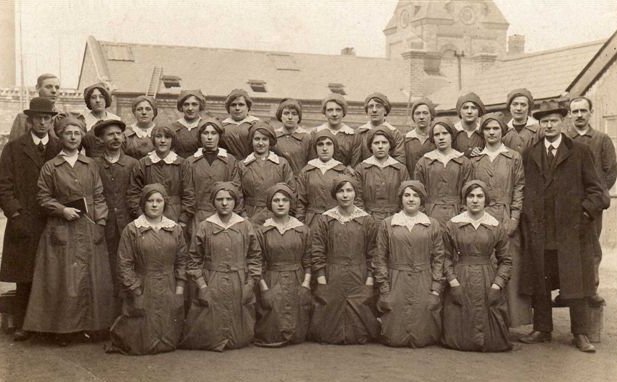 |
|
Some of the staff at
Horton & Son's Alma Works in about 1910.
Courtesy of Irene Bishop. Irene's grandmother
Sarah Ann Smith is 3rd from the left in the back
row, and her sister Florence Norwood is on the
extreme right of the front row, kneeling.
Horton's Managing Director was Leonard Wilson
Horton. |
|
| Sarah Ann Smith who
is in the photograph above. Courtesy of Irene Bishop. |
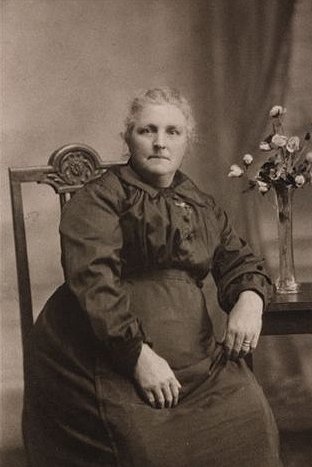 |
|
 |
Unfortunately even after all these measures
were taken G.K.N. still continued to record
losses in their nut and bolt factories and so
Tom Peacock decided to allow competition, to
eliminate surplus capacity through the
bankruptcy of weaker producers. The G.K.N. Board
gave him full control of the nut and bolt and
railway fastening departments of the Midlands
and Cwmbran so that he could make drastic
changes where necessary and close any
loss-making factories. As part of the
reorganisation, individual company names were
abandoned and every factory traded under the
Guest, Keen and Nettlefolds' name. The
head office of the nuts, bolts and fastenings
division would be at Atlas Works and a new
warehouse was built there at a cost of £40,000.
View
some of the company's products
from 1926 |
 |
|

Atlas Works in 1926.
| Tom Peacock also recommended that in the future
steel should be purchased from the cheapest
source, rather than from G.K.N. steelworks.
In
the early 1920s the Darlaston Steel & Iron
Company had been acquired by G.K.N. from Tolley,
Sons and Bostock in order to gain control of the
source of raw materials.
The works was very old
fashioned and of limited size and so
difficulties arose in competing with the larger
companies. As a result Tom Peacock recommended its
temporary closure. |
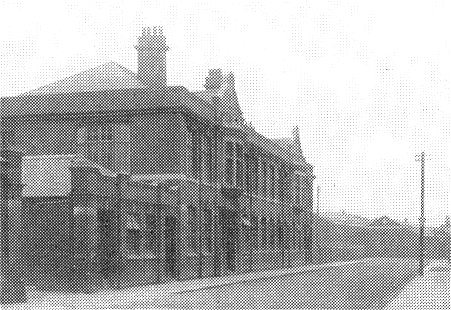
The offices. |
|
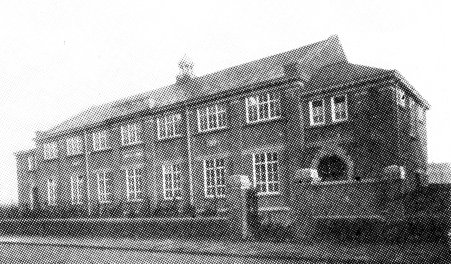
The canteen and works
institute. |
Tom Peacock also closed the
London Works at Smethwick and its manufacturing
capacity was transferred to Atlas Works. Numbers
of staff were also reduced by making
long-serving employees redundant.
By 1925 Tolley, Sons and Bostock at Darlaston Steel and
Iron Works took over the company's puddling and
rolling operations in order to reduce transport
costs. |
|
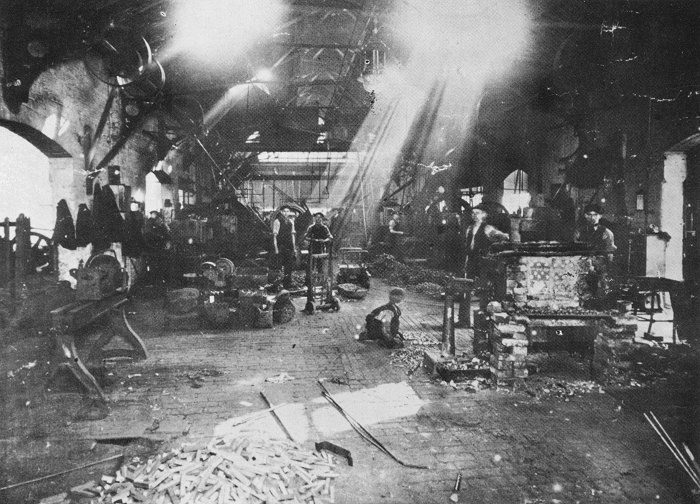
The bolt-making shop
in 1914. |
| F. W. Cotterill was put into voluntary
liquidation in 1925 and its assets were
incorporated into G.K.N. so that the company's
nuts and bolts could be marketed under the
G.K.N. name.
At the time Cotterills was valued
at £600,655.
In 1926 Peacock personally
purchased a piece of land and donated it to G.K.N. on the understanding that a recreation
ground would be built there for the employees of
Atlas Works.
He also persuaded the company to
install a heating system at the works and
improve the toilets. |
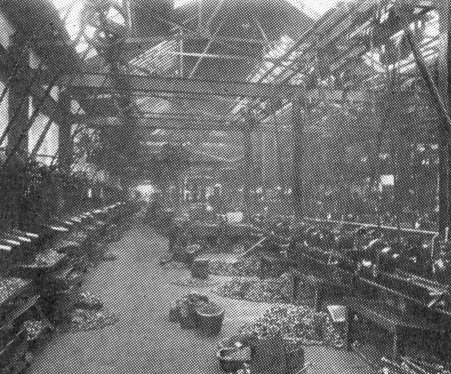
The screwing shop. |
|
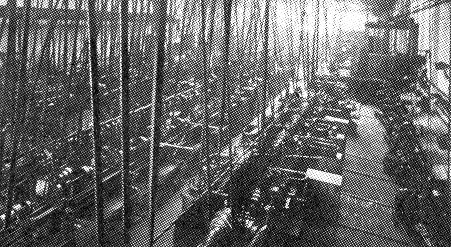
The automatic shop. |
The worldwide recession continued and by the
late 1920s short-time working was introduced and
G.K.N. continued to buy-out some of its smaller
and less efficient rivals.
By the early 1930s things began to improve
and Atlas Works soon became busier than it had
been for sometime, but not yet fully up to
capacity. |
|

The finishing shop. |
|
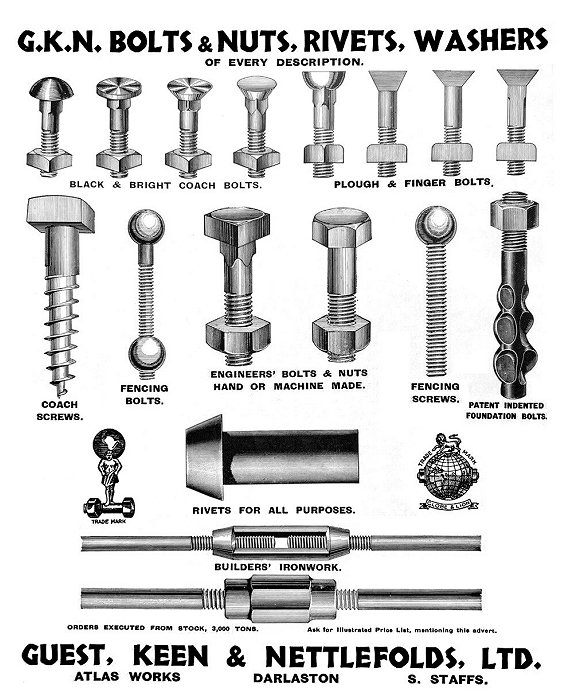
An advert from 1935. |
| In order to aid the recovery a new cold
forging shop was built at the cost of £40,000.
By 1936 many more orders flooded in, and in
October of that year the building of a new hot
press shop, costing over £30,000 was approved. |
|

An advert from 1937. |
The demand for nuts and bolts rapidly grew
and in January 1937 many employees were asked to
work overtime to enable orders to be fulfilled.
In May 1939 a modernisation scheme costing
£60,000 was introduced. Four National bolt
making machines were installed along with two
open die headers, and in December of that year
the decision was taken to build a new fitting
shop and central toolroom and to demolish the
existing antiquated shops. |
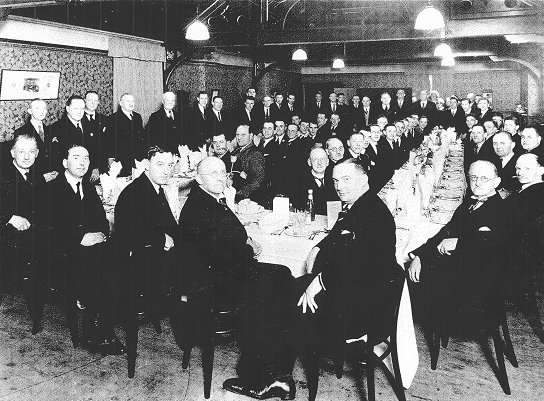
A dinner for the G.K.N.
Male Voice Choir, on February 24th, 1934. It was
at the Anchor Hotel, Wednesbury. Brian Groves
supplied the photo, and Norman Newton kindly
passed on the details. |
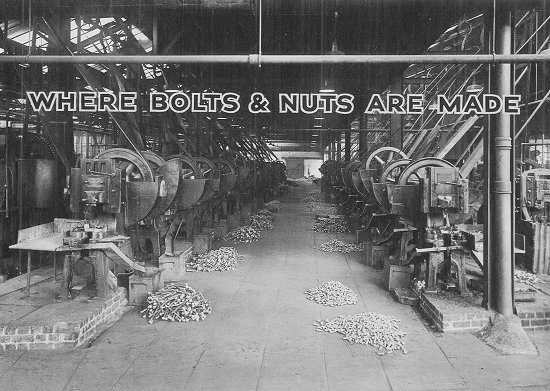
Courtesy of Brian Groves.
|
During World War 2 great demands were put on
the factory. In November 1942 the Ministry of
Supply asked the works to double its output of
cold forged nuts and bolts, which resulted in
double shifting and the extension of the works
at a cost of £29,000 (half of which was paid by
the Government). By the end of the war Atlas
Works covered an area of over 20 acres and
employed about 3,000 people. Nuts and bolts were
sold world wide and included the following
products:
black,
bright, high tensile, alloy steel, stainless
steel, brass and aluminium bolts, set screws,
studs and stud bolts, coach screws, push rod
pins, bolt ends, washers, and railway
fastenings, including spikes, clips, and keys.
In the late 1940s the Darlaston
company became Guest, Keen & Nettlefolds
(Midlands) Limited, a subsidiary of GKN.
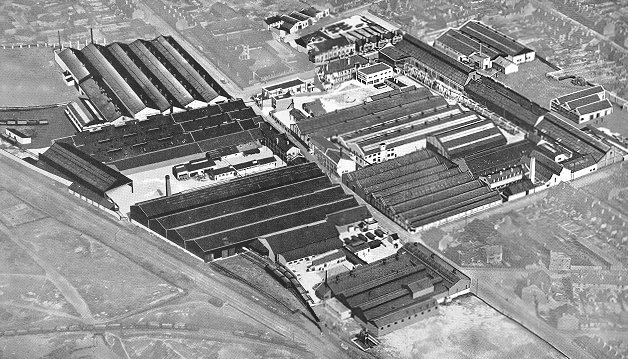
The extended factory in
the late 1940s. From the 1948 catalogue.
| A section of
the Plant Department.
From the 1948
catalogue. |
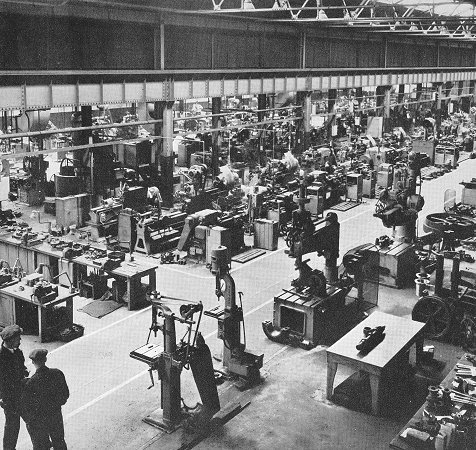 |
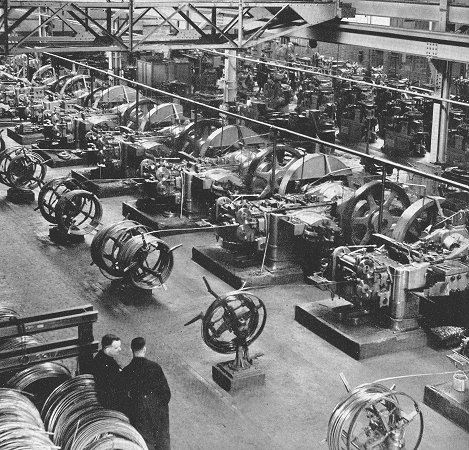 |
Part of the
Cold Nut Department.
From the 1948
catalogue. |
| A battery of
bolt makers.
From the 1948
catalogue. |
 |
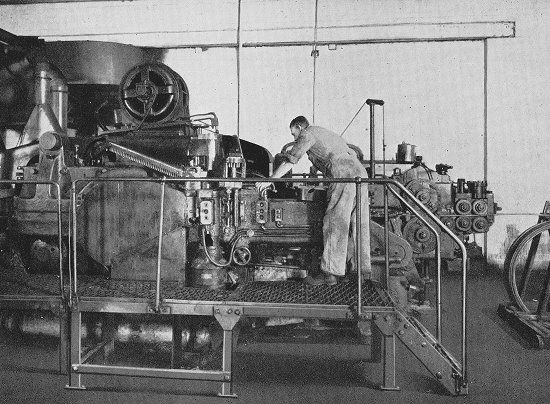 |
A bolt making
machine.
From the 1948 catalogue. |
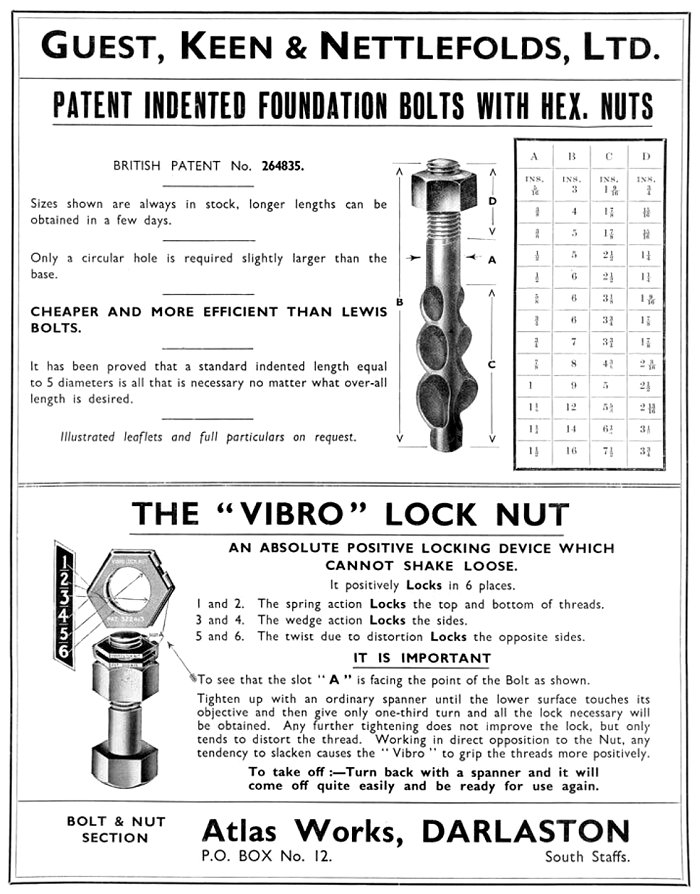
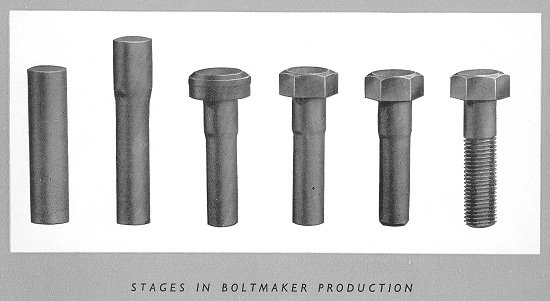
From the 1948 catalogue.
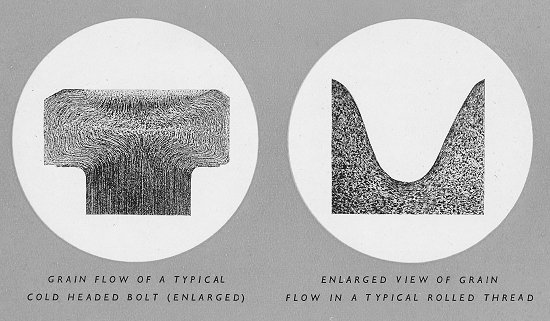
From the 1948 catalogue.
| A battery
of bolt pointing and threading
machines.
From the 1948
catalogue. |
 |
 |
Part of the
Forging Department.
From the 1948
catalogue. |
| A corner of
the Bright Department.
From the 1948
catalogue. |
 |
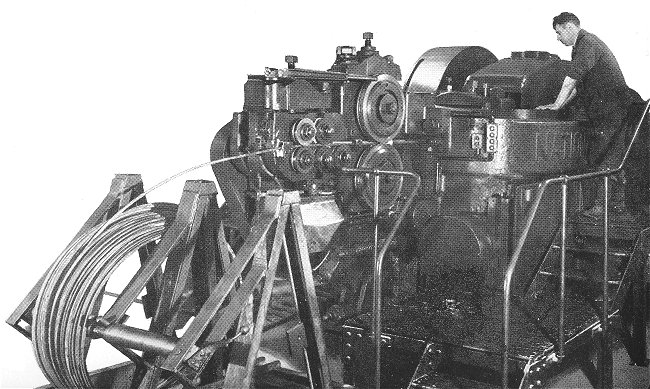
A bolt making machine.
From the 1948 catalogue.
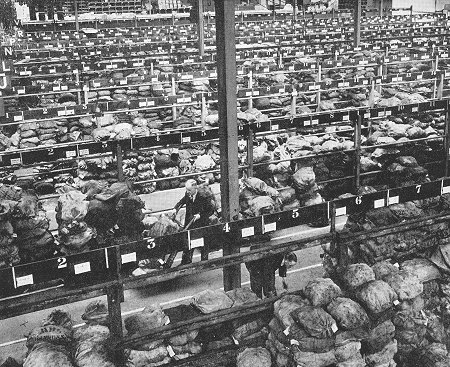 |
Part of
the vast Warehouse.
From the 1948
catalogue. |
| An advert
from the mid 1950s.
Courtesy of
Christine and John Ashmore. |
 |
| |
|
View
some of the products from
the 1948 catalogue. |
 |
| |
|
|
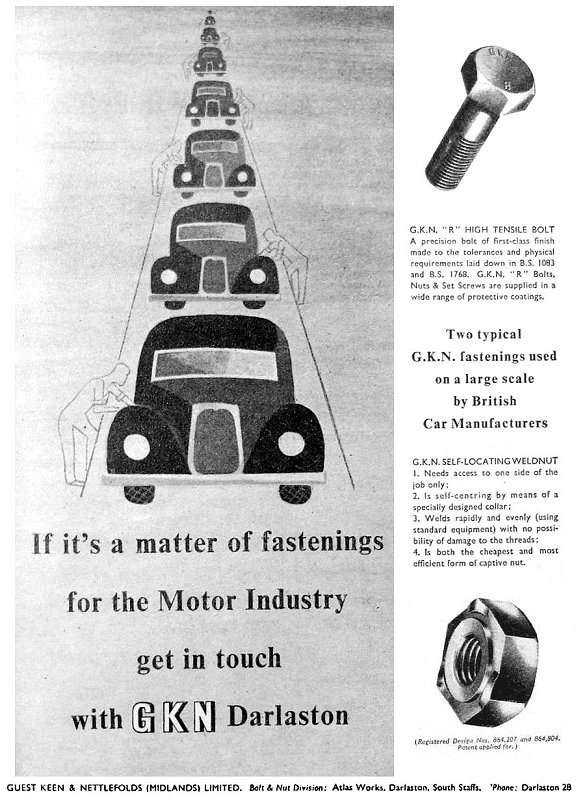
An advert
from 1951. |

Warehouse staff. Courtesy
of Brian Groves.
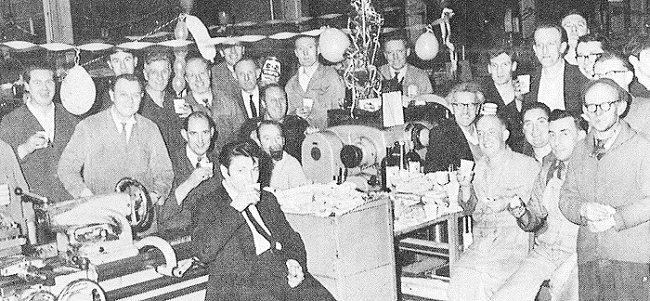
Central tool room staff.
Courtesy of Brian Groves.
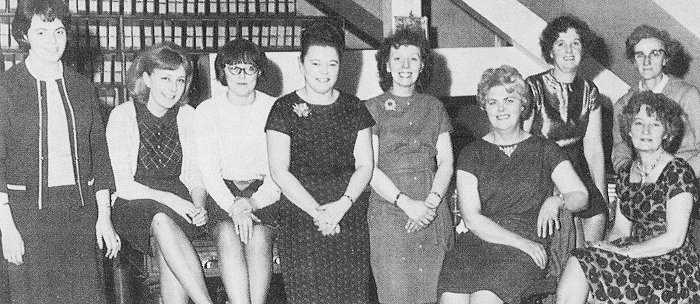
Stationery department
staff. Courtesy of Brian Groves.
Sports and Social
Activities |
| Guest, Keen and Nettlefolds opened the sports
ground in Hall Street, which is now the Darlaston
Community Association's Sports and Social Centre. It
was home to the company's cricket club, football teams,
netball teams, bowls teams, and keep fit groups. The
pavilion was used for all kinds of social events, the
work's dance band, and the male voice choir. |
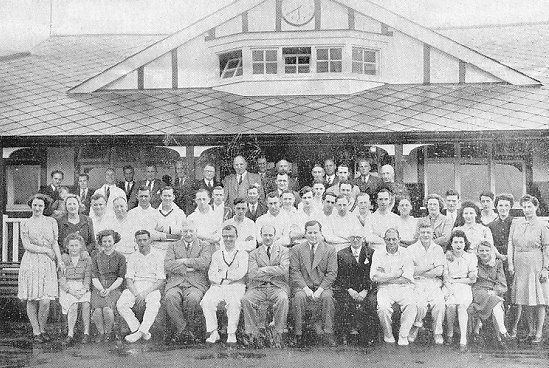
Sports teams and friends outside
the pavilion at the Hall Street sports ground. |
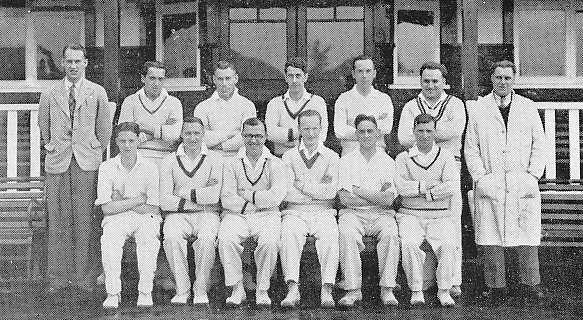
The G.K.N. (Darlaston) cricket
team on June 1st, 1946. Back Row, left to right: J.
Russon,
N. Marsh, L. Bagbee, H. Winfield, R. Kendrick, J. Gough,
and H. Davis. Front Row, left to right: D. Hood, J.
Shakespeare, A. Thursfield, T. Lowe, H. Sirdefield, and
A. Harris. |
Activities were organised by the General Sports
Committee which held regular meetings. One popular
event was the departmental cricket knock-out competition
in which only one G.K.N. cricket team member was allowed
in each departmental team, to encourage non-cricketers
to have a go. |
| Up to twelve teams took part, each encouraged by
the great rivalry between individual departments.
There were two main football teams, the senior team
which played in the Wolverhampton Works League, and
the junior team for youths between 14 and 18, which
played in the Walsall Minor League. The recreation
ground was used by several netball teams, including
the works first VII, second VII, and teams from
local youth clubs and factories. The bowling green
was used by several G.K.N. teams who played in the
Staffordshire Cup Competition, the Wolverhampton
League, the Darlaston Works League, and the annual
sports day bowls competition. The bowling green was
also used by competitors in the Staffordshire County
Individual Merit Competition.
A works dance band was formed in 1946. It
performed in the pavilion and consisted of two
violins, an accordion, a piano, and drums. G.K.N.
also had a male voice choir which competed in events
such as the Leamington Festival. In the 1940s the
soloists were W. Ford, C. F. Jones, Albert Webb, and
Reg. Morgan. |
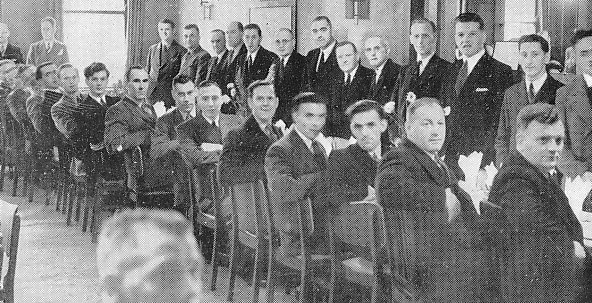
The male voice choir's annual dinner on 1st
June, 1946.
| There was also a G.K.N. angling club which held many
contests, and a works rifle club that practiced on the
range at Nuts and Bolts Limited in Foster Street on
Monday and Wednesday evenings. There was a club
championship, a handicap competition, and team members
entered the Black Country Small Bore League. |
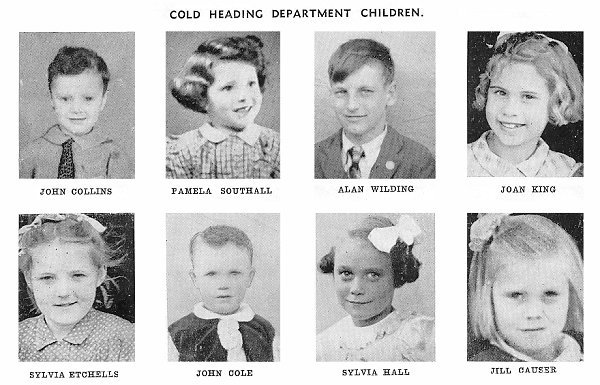
Children of G.K.N. staff that are featured in the July
1946 edition of the company's Sports and Social
Magazine. |
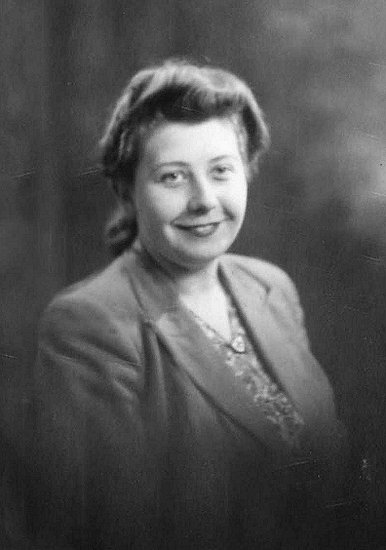 |
The photograph opposite is of
Rosemary Holmes, one of the switchboard operators who
worked at GKN Darlaston.
The following six photographs are of people from the
factory who Rosemary knew in 1947. Unfortunately the
names of the people are not known. If you can recognise
anyone in the photographs,
please send me an
email.
The photographs were kindly
sent by her second cousins, Christine and John Ashmore. |
| |
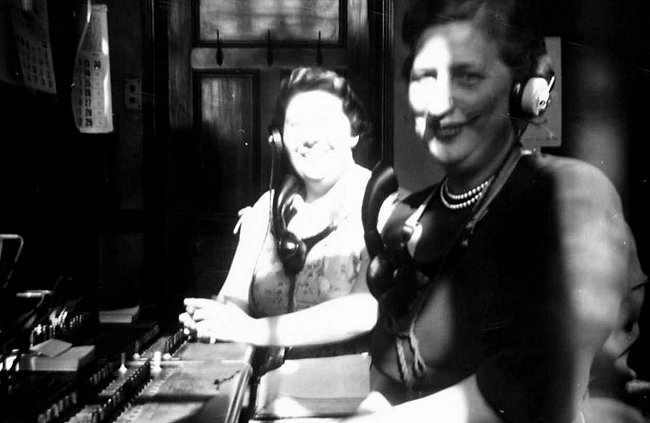
Rosemary and Ada Dallaway on the
switchboard. Ada (born in 1905, and died in 2002)
married Major Herman C. Wilkes in 1951. I must thank
Norman Newton for the information. |
| Another view of Rosemary and
Ada at work. |
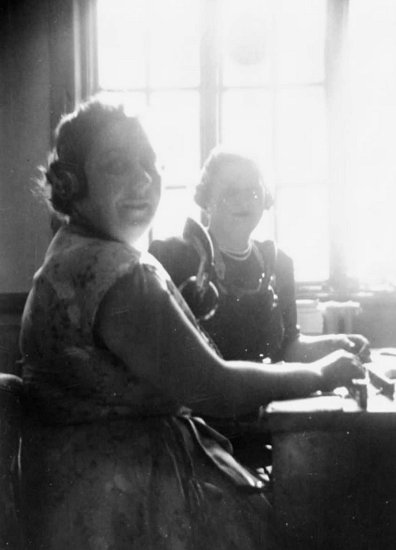 |
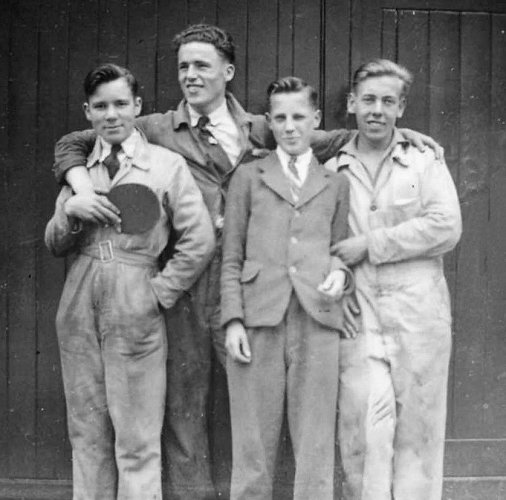 |
More of Rosemary's friends at
GKN. |
| |
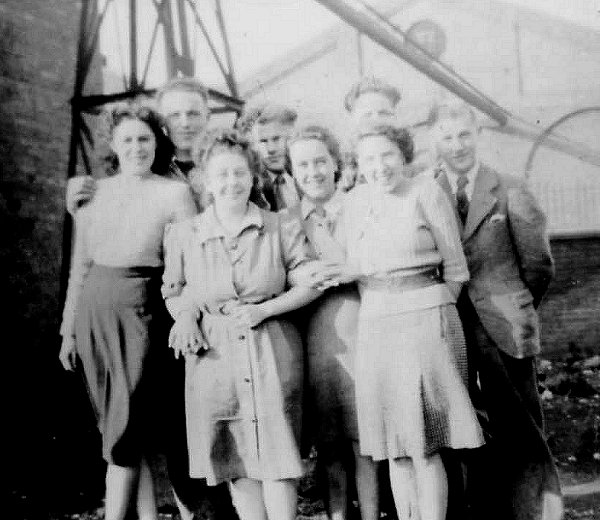
Another group of workers. |
|
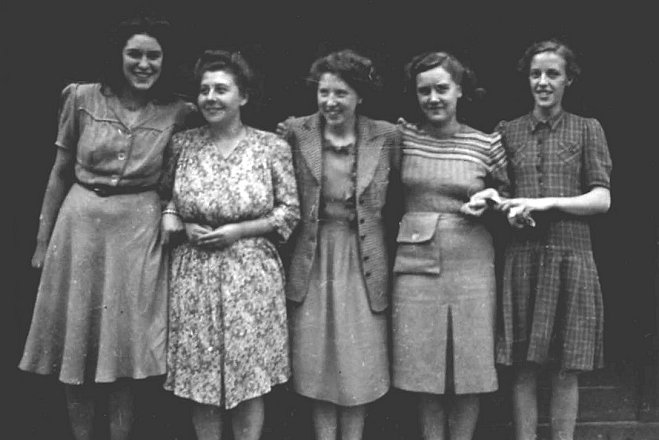
Rosemary (2nd left) and four ladies, possibly from the
office. |
|
| Another member of staff, again
possibly from the office. |
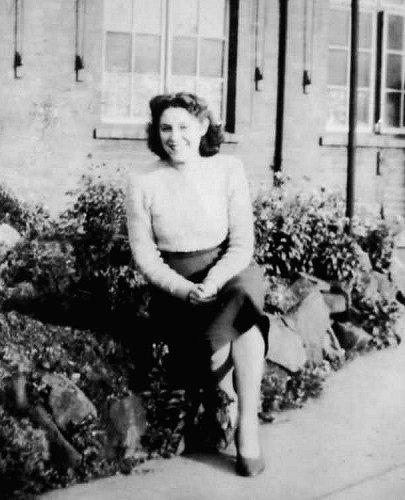 |
|

An advert from 1956. |
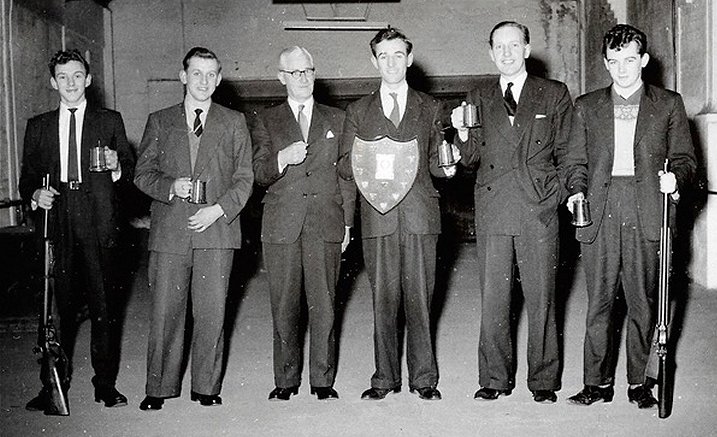
The Cost Department Rifle Club, in
about 1962. Courtesy of Norman Newton. They were
runners-up in the Inter Departmental Rifle Competition.
They were as follows:
Left to Right: ?, Norman Newton, Mr. Silk, the Financial
Director, Gerard Machin, Ken Churms, and Gerry Evans. |
| GKN Darlaston had a male voice choir. The photograph
below shows the choir in 1937. |
|

Courtesy of Norman Newton. |
| |
|
| View a copy of the GKN
(Darlaston) Sports and Social Magazine, and some annual choir
concert programmes |
 |
| |
|
|
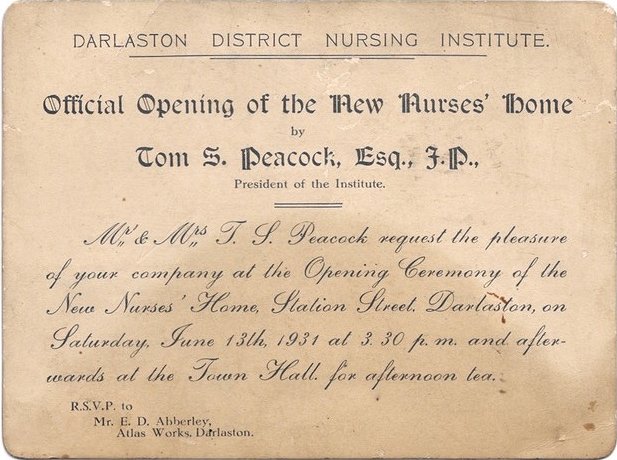
An invitation for Tom Peacock.
Courtesy of Norman Newton. |
The sports ground was the venue for the company's
annual sports day in July, which featured many of the
teams mentioned here, and also racing events on the
running track. In the evening a dance was held in the
pavilion. The ground was also used for school sports
days by local schools, including Pinfold Street J.M.I.
Unfortunately G.K.N. suffered during the depression in the 1970s.
The factory closed in 1979 and
has now been broken up into smaller industrial
units. |
|
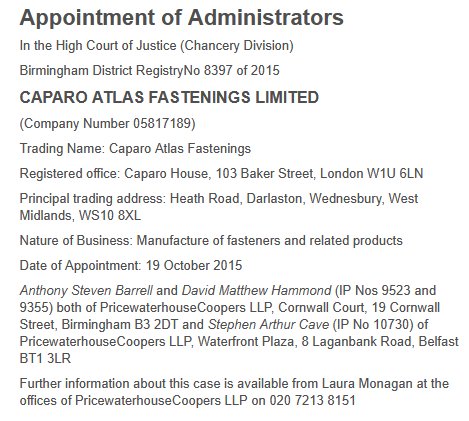
From The Gazette, 27th October
2015. |
The eastern half of the site became
Caparo Atlas Fastenings, with local factories at
Dudley, West Bromwich, Cradley Heath and Oldbury.
Unfortunately there were insufficient orders to keep
production going and so on the 30th October 2015,
all of the 122 staff were called to a
meeting with the administrators at 10am. to be told
that they were all laid off with immediate effect.
The meeting was over in five minutes. That day
323 members of Caparo
staff in the Black Country lost their jobs.
Plants in Hartlepool and Tredegar also closed. The
total number of redundancies was 452. |
|

Caparo Atlas Fastenings. |
 |
Return to
the
previous page |
|